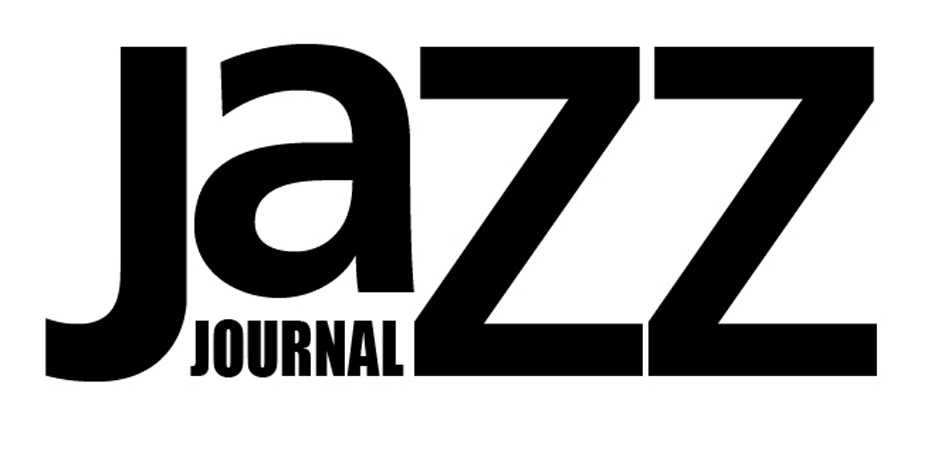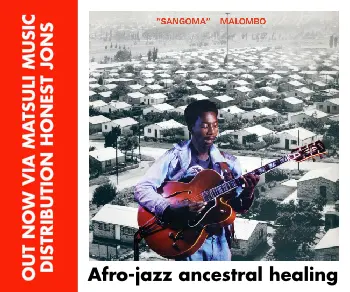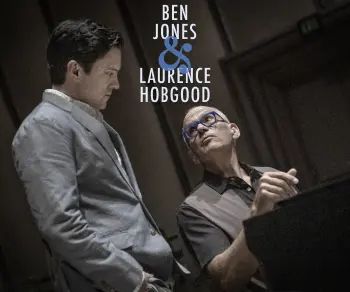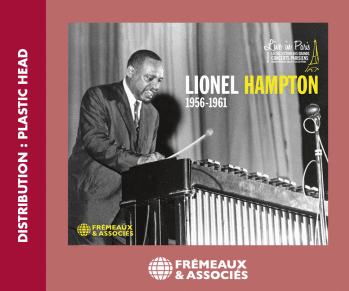Jimmie Lunceford: Rhythm Is Our Business (Retrospective RTS 4425)
Altoist and multi-instrumentalist Jimmie Lunceford drilled his band throughout the 30s in a gruelling nationwide schedule of touring shows and one-night stands, with a perfectionist’s zeal for the highest professional standards. His meticulously rehearsed band-shows backed high-energy upbeat performances for the dancers with versatile on stage showmanship. By 1934 widespread acclaim from both critics and musicians led to a booking at New York’s legendary Cotton Club.
With manifest evidence in support of their acclaim, this excellent two-CD set contains 53 important recordings spanning 1933-45, featuring star soloists Willie Smith, Eddie Durham, Joe Thomas, Trummy Young and Snooky Young. Key to the orchestra’s success, however, was the many inspired arrangements, especially by trumpeter Sy Oliver and pianist Edwin Wilcox, which led to major hits such as Rhythm Is Our Business, Organ Grinder’s Swing, The Merry-Go-Round Broke Down, For Dancers Only, T’aint What You Do and Blues In The Night. Trumpeter Gerald Wilson’s Hi Spook was chosen as Downbeat magazine’s record of the year in 1941. Sections in the band would rehearse intensely separately – Willie Smith’s reed section produced superbly honed passages in Sophisticated Lady, Sleepy Time Gal, Swanee River and I’m Alone With You.
Relaxed, engaging vocal-group contributions increased the band’s popularity (Since My Best Gal Turned Me Down, My Blue Heaven, Slumming On Park Avenue, Ain’t She Sweet), whilst Trummy Young’s homely vocals (Margie, T’Ain’t What You Do, I Want The Waiter With The Water) also proved very popular. However, by the final (and only) track here from 1945, most of the band’s stars had left, after grievances amounting to “overworked and underpaid”.
Yet Lunceford pressed on, and The Honeydripper, included here, was a hit with an R&B styled arrangement featuring the Delta Rhythm Boys. It was not to last. Lunceford died suddenly in 1947 signing autographs, aged only 45. His recorded legacy is a treasure-house of some of the hottest and classiest big-band music from the golden years of swing.This excellent album is a timely reminder of his important part in the development of jazz orchestral style.
Sidney Bechet: Live In Paris (Frémeaux FA 5889)
This three-CD set contains 44 recordings from five concerts in the 50s, with Bechet backed by the bands of Claude Luter and André Rewellioty in Paris, and with Buck Clayton and Vic Dickenson in an all-American band in Brussels in 1958. Settling in France in 1950, Bechet soon became a hugely popular celebrity on the music scene and recorded prolifically for Vogue. While his wide, throbbing vibrato, unflagging upbeat energy and passionate romanticism was all a bit too much for some, it certainly went down well with the French in all age groups.
The first 20 tracks are from March 1952 at the second of several sell-out concerts at Salle Pleyel. Whereas the supporting French musicians were allowed very limited solo space in the singles-length studio recordings under Bechet’s autocratic control, they were given much more room to show their capabilities in these concert performances, some extending to eight or nine minutes. Trombonist Bernard Zacharias and pianist Christien Azzi deliver well-constructed and colourful solos in I’ve Found A New Baby and a breakneck I’ve Got Rhythm, and Luter strives gamely to match Bechet’s verve in St. Louis Blues, Dippermouth Blues and Struttin’ With Some Barbecue. Drummer “Moustache” Gallepides – his exuberant backing over-heavy in the balance – earns prolonged roars of approval for his solo in a fast and lengthy Sweet Georgia Brown. Bechet himself demonstrates his customary power, fuelling a torrent of inventive phrasing, and excelling in superbly nuanced and expressive ballad mode in September Song and As-Tu Le Cafard.
In the following 14 tracks from the Olympic Theatre in December 1954, Luter’s band is entirely changed, apart from bassist Bianchini. The rhythm section sounds lighter and better balanced in the recording. Originally a King Oliver devotee, Luter used two trumpets and they sound stronger in this set (Pierre Dervaux and Gil Thibaut) than the previous trumpet team. The band settles to a pleasing relaxed swing in Halle Hallelujah and Riverboat Shuffle. Luter shows cohesive rapport in duet with Bechet in Sobbin’ And Cryin’, recalling the old Mezzrow-Bechet King Jazz recordings. Bechet peaks in an unusually slow Sunny Side Of The Street, and in the best of three versions in the collection off his smash hit Petite Fleur.
On the following six tracks from three sessions in 1957-58, with André Rewelliotty’s band, Bechet is beginning to sound a little more subdued at times. However, later in 1958 in Brussels, in what was to be his last live concert, he bounces back to good form in the excellent company of American stars Vic Dickenson and Buck Clayton (who impresses in a beautifully crafted solo feature in All Of Me). These Brussels recordings, and a good deal of the Parisian material, have been issued before. If there are previously unissued tracks in the set, collectors would like to know, but Frémeaux unfortunately doesn’t tell us.
Described by Ellington as “the very epitome” of jazz, Sidney Bechet died in May 1959, on his 62nd birthday. His unique charisma and exceptional talent shine brightly in this welcome and enjoyable album.









